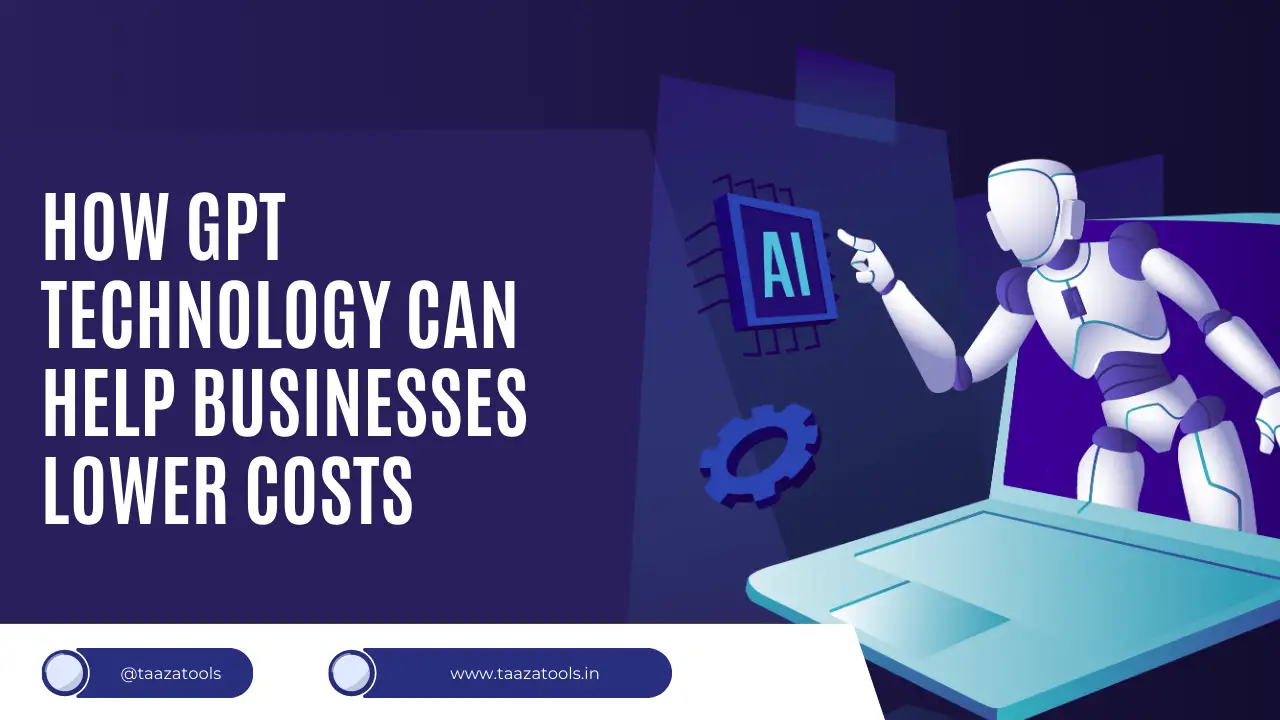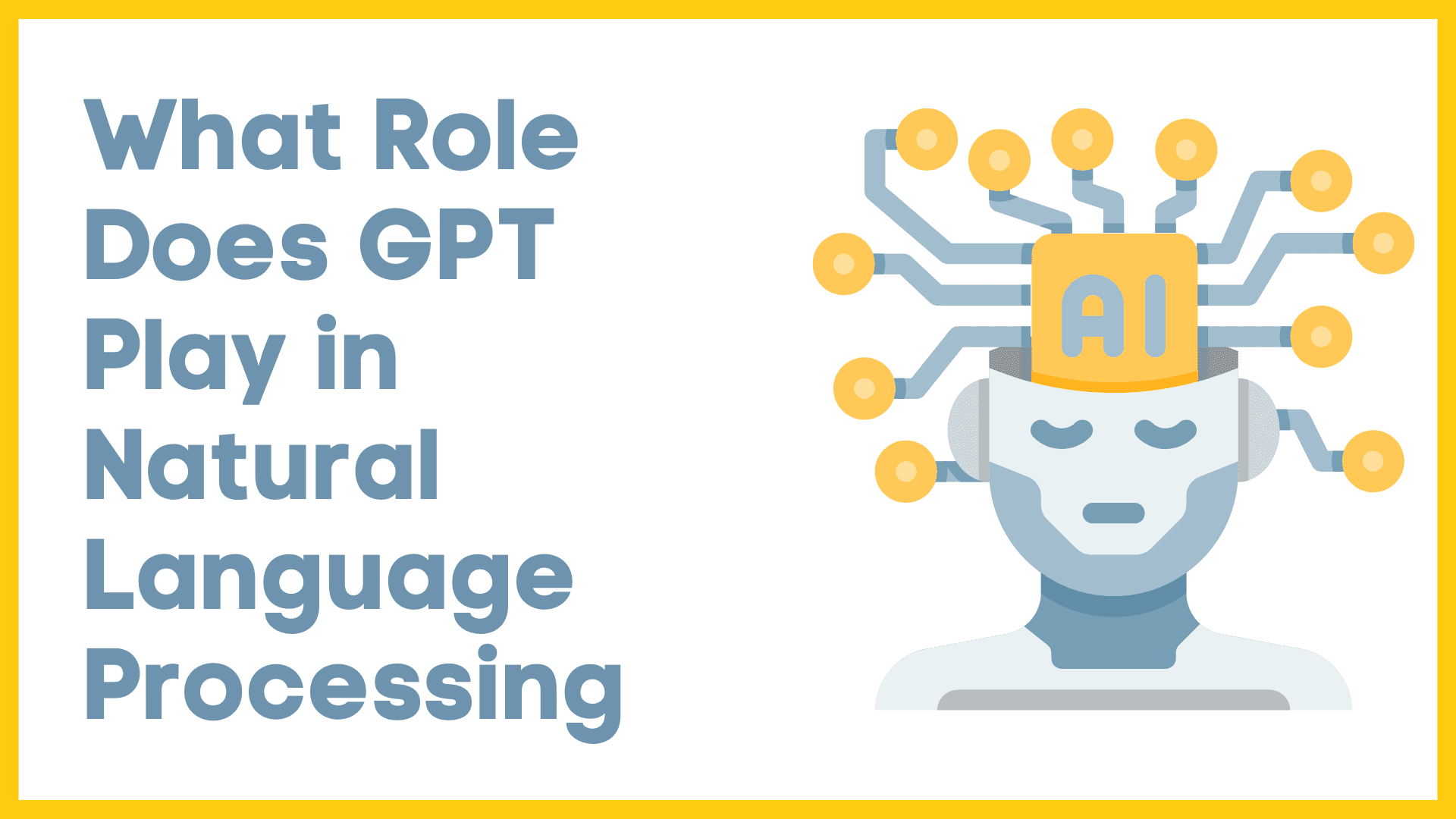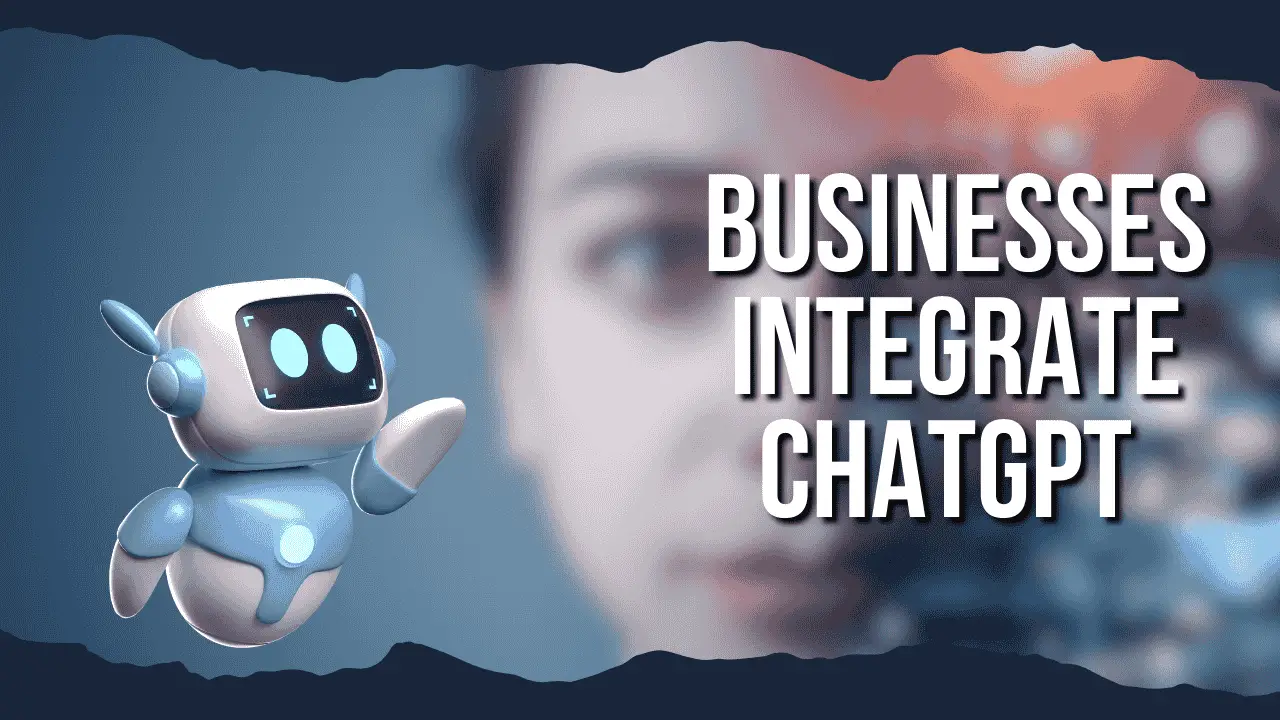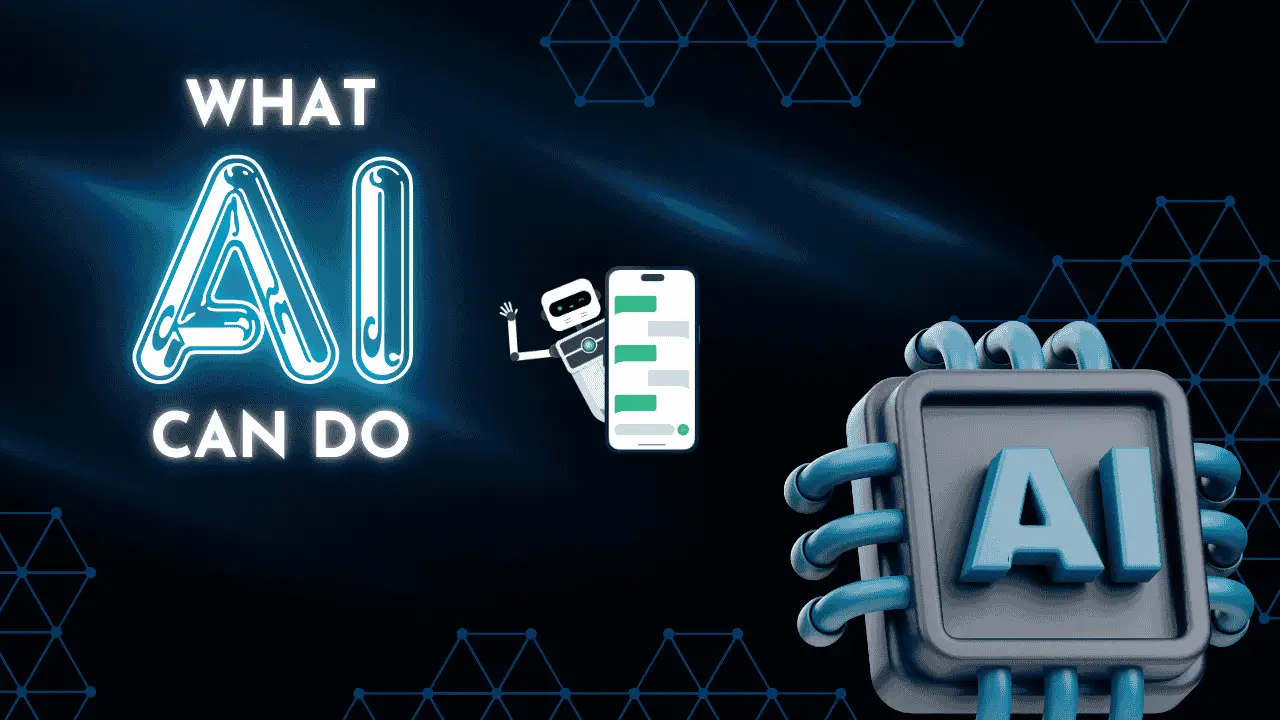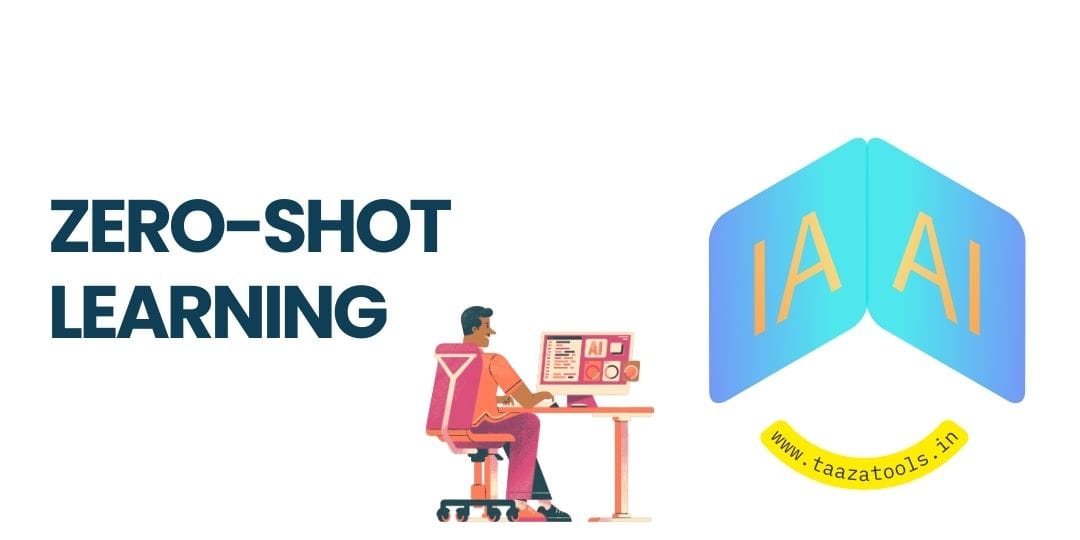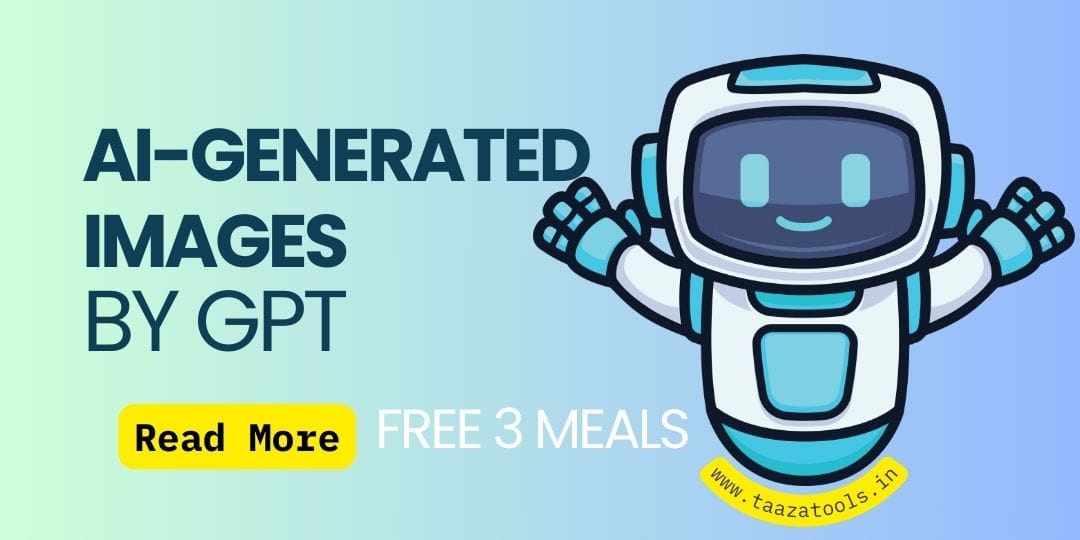Businesses today are constantly looking for ways to cut costs while maintaining efficiency and quality. With advancements in artificial intelligence (GPT), one of the most promising technologies is GPT (Generative Pre-trained Transformer). GPT technology, developed by OpenAI, has the ability to understand and generate human-like text based on prompts, which can significantly impact several areas of business. By leveraging GPT, companies can optimize processes, reduce manual workloads, and enhance customer service—all while saving money.
In this article, we’ll explore how GPT technology can reduce costs in businesses across different domains.
1. Automating Customer Support
One of the most obvious and cost-effective uses of GPT is in customer service. Traditionally, companies have had to hire large teams of customer support agents to answer inquiries, solve problems, and provide information. While customer service is critical, it can also be expensive due to staffing costs and the need for around-the-clock support.
How GPT Saves Costs in Customer Service:
- Chatbots and Virtual Assistants: GPT-powered chatbots can handle a large volume of customer queries at a fraction of the cost of human agents. These bots can answer common questions, troubleshoot basic problems, and guide customers through processes like returns or account management. As the technology becomes more sophisticated, GPT can handle more complex tasks that were previously reserved for human agents.
- 24/7 Availability: Unlike human employees, a GPT-powered system can operate 24/7 without incurring overtime costs or fatigue. This allows businesses to provide consistent support at any time of day without hiring additional staff for night or weekend shifts.
- Reduced Training and Turnover Costs: Training customer service agents can be time-consuming and costly. On top of that, turnover in these positions is often high. GPT eliminates the need for extensive training since the system learns from existing data and improves over time. Additionally, businesses no longer need to worry about rehiring or retraining when an employee leaves.
The reduction in customer service costs with GPT can be significant, and businesses can also benefit from improved response times and better customer satisfaction.
2. Enhancing Marketing and Content Creation
Another area where GPT technology can help businesses reduce costs is in marketing and content creation. Creating engaging content—whether it’s for social media, blogs, or email campaigns—can require a lot of time, creativity, and resources. Hiring writers, editors, and designers adds up, especially for small businesses or startups working with tight budgets.
How GPT Can Cut Marketing Costs:
- Automated Content Generation: GPT can generate high-quality text for blogs, product descriptions, and social media posts in a matter of minutes. Instead of paying a full-time content writer or outsourcing to a content agency, businesses can rely on GPT to produce articles, captions, and advertisements with minimal human input.
- Personalized Marketing at Scale: Personalization is key in modern marketing, and GPT can help businesses scale this by creating tailored content for different customer segments. For example, an e-commerce store could use GPT to automatically generate personalized email campaigns based on customer behavior or preferences. This type of automation reduces the need for a large marketing team while still delivering highly targeted content.
- Ad Copy Creation: Writing effective ad copy can be time-consuming and expensive. With GPT, businesses can streamline the process by generating multiple versions of ad copy, A/B testing different options, and selecting the best-performing text. This saves money on copywriting services and allows businesses to optimize their marketing campaigns faster.
Overall, GPT enables businesses to produce and distribute content more efficiently, saving both time and money in the marketing process.
3. Streamlining Data Analysis and Reporting
In today’s data-driven world, businesses need to analyze vast amounts of data to make informed decisions. Whether it’s tracking customer behavior, measuring sales performance, or analyzing market trends, data analysis is a critical component of success. However, hiring data analysts or using expensive software tools can eat into budgets, especially for smaller companies.
How GPT Helps With Data Analysis:
- Automating Data Insights: GPT can analyze raw data and turn it into meaningful insights. For example, if a business has sales data from the past year, GPT can analyze trends, identify patterns, and create summaries that highlight key takeaways. This eliminates the need for expensive data analysis software or outsourcing the task to analysts.
- Simplifying Reporting: Creating reports for internal or external stakeholders is time-consuming and often requires a deep understanding of the data. GPT can take complex datasets and generate easy-to-understand summaries and presentations. This streamlines the reporting process and allows businesses to make data-driven decisions faster.
- Natural Language Queries: Instead of learning complicated data query languages, employees can ask GPT simple questions like, “What were our top-selling products last quarter?” and receive detailed answers. This reduces the need for specialized training in data tools, allowing more employees to access and utilize business data without additional costs.
By integrating GPT into their data analysis workflows, businesses can save on software expenses, minimize the need for data experts, and make faster decisions—all contributing to cost savings.
4. Reducing Administrative Work
Administrative tasks can be a major drain on time and resources in any business. From scheduling meetings to managing emails and filing documents, these activities are necessary but don’t directly contribute to revenue. Hiring administrative staff or using multiple software tools to handle these tasks can be expensive.
How GPT Reduces Administrative Costs:
- Automated Scheduling: GPT-based virtual assistants can handle scheduling meetings, sending reminders, and managing calendars without human intervention. By automating these tasks, businesses can reduce the need for administrative staff, saving on salary and benefits costs.
- Email Management: Sorting through emails and responding to routine inquiries can take up a significant portion of an employee’s day. GPT can automatically categorize and respond to common emails, allowing employees to focus on higher-value tasks. This reduces the workload for administrative staff and allows businesses to operate more efficiently.
- Document Management: Filing, organizing, and retrieving documents is another time-consuming task for many businesses. GPT can assist by automatically sorting and categorizing documents, making it easier for employees to find what they need without spending hours searching through files. This reduces the need for manual data entry and document handling, which can significantly lower operational costs.
By automating repetitive administrative tasks, businesses can increase productivity and reduce labor costs, freeing up resources to invest in other areas of growth.
Conclusion: GPT as a Cost-Saving Tool for Businesses
GPT technology offers businesses an innovative way to reduce costs across various departments. From automating customer service and content creation to streamlining data analysis and administrative work, GPT can take over many tasks that would otherwise require human labor or expensive software solutions.
The benefits of GPT are not just about cutting costs, though; it also improves efficiency, speeds up processes, and allows businesses to scale more effectively. As the technology continues to evolve, the potential cost-saving opportunities will only increase, making GPT an essential tool for businesses looking to stay competitive while reducing expenses.
By adopting GPT technology, companies can unlock a new level of operational efficiency, ensuring long-term cost savings and improving overall business performance.

